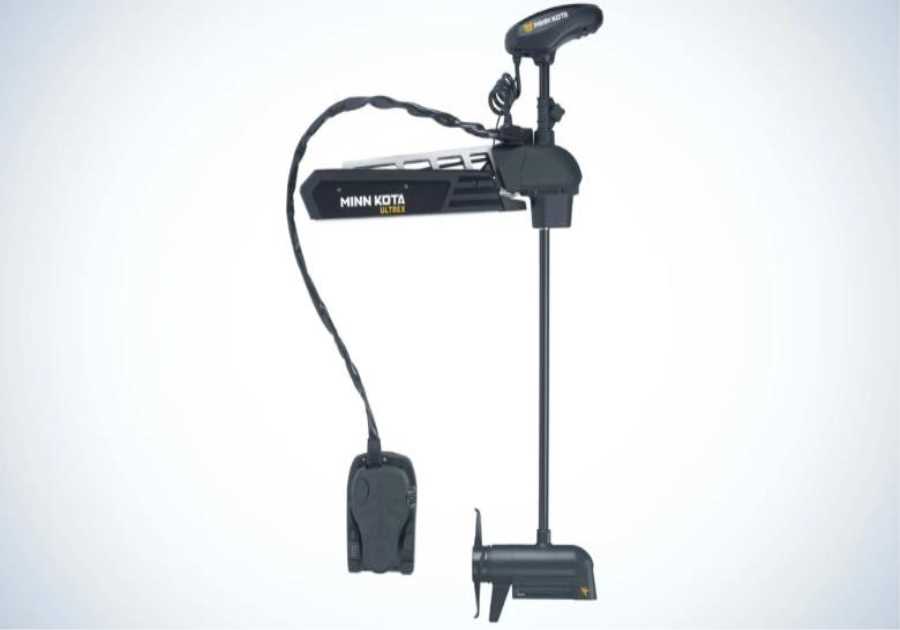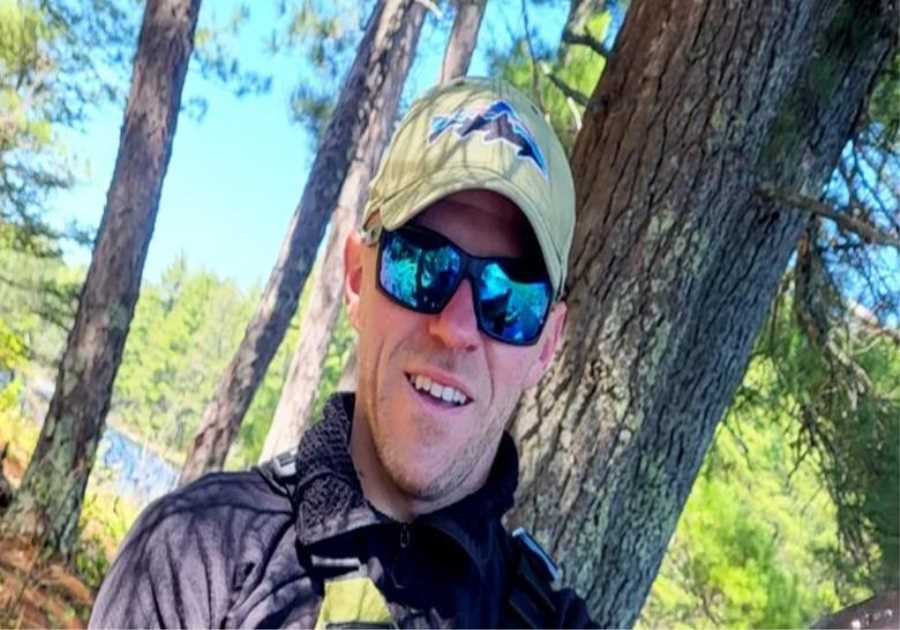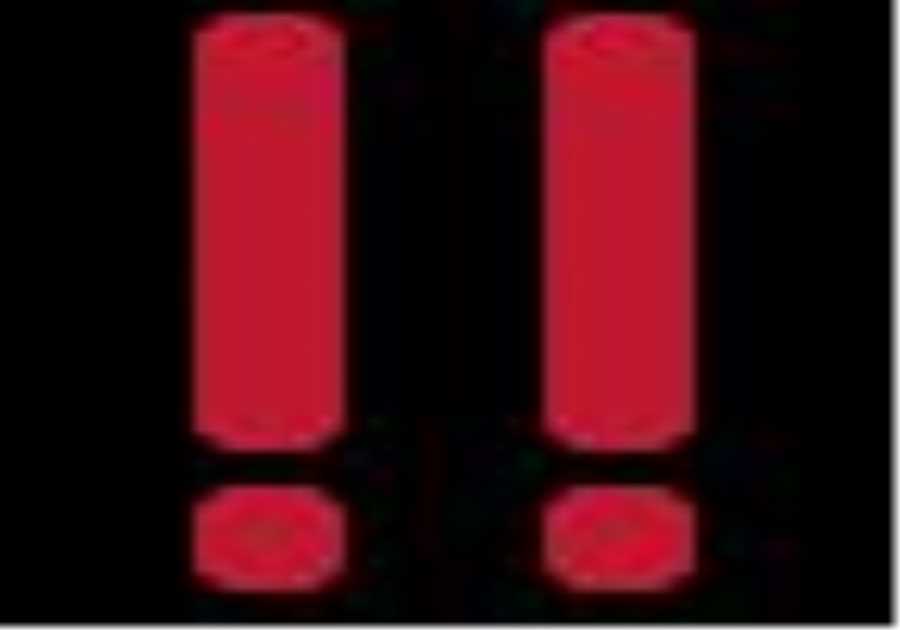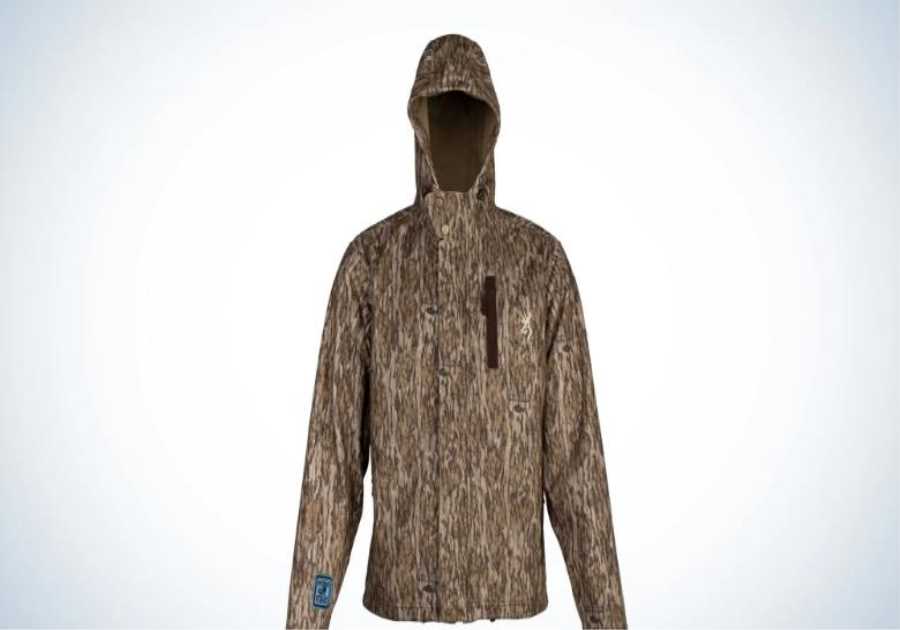||
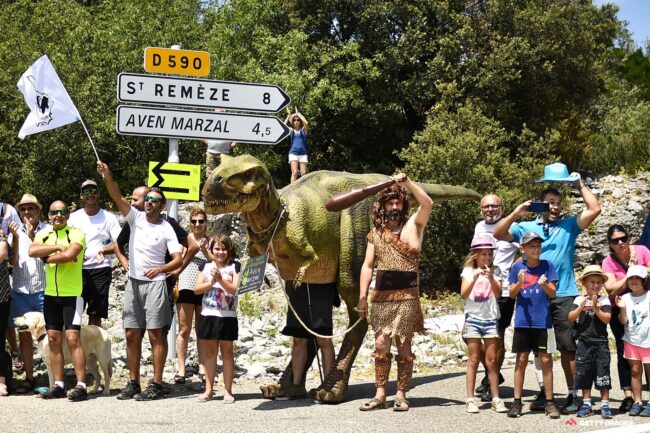
Hors Course Stage 4: Land of dinosaurs and wine
This entry of Hors Course takes us back millions and millions of years and is courtesy of the website geotdf.org. You may know that I am huge Jurassic Park fan and on stage 4 we would meet many dinosaurs if the Tour de France Femmes avec Zwift would have taken place in the Jurassic or Cretaceous era. Luckily we don’t.
170 million years ago the terrain we now race on would be a shallow, subtropical sea. This goes for all of Europe because there was no ice on the poles. There was the occasional island but most of it was deep blue waters. On the islands plants rules because the amount of CO2 in the air was about five times higher than nowadays.
If you booked a holiday to a tropical island in those days and spend the day at the Gulf of Luxembourg, you might have the idea this was the life. Have a cocktail, read a book, doze off under the parasol or ask that handsome guy a few meters further to apply the sunscreen where you can’t. All great ideas but don’t, and I repeat, don’t go into the water.
The Jurassic seas were full of life. The cephalopods, squid-like creatures and ammonites were fine, even though they were vicious predators. But in the seas, there were also sea reptiles like Ichthyosaurs. These were swimming dinosaurs with huge eyes and with an athletic and smooth body that looks a lot like today’s dolphins. But that was not all. These apex predators who find themselves near the top of the food chain, had to be careful themselves. Other sea reptiles were hunting them such as Plesiosaurs and Pliosaurs that could have monstrous dimensions of as much as 20 meters!
On the land there were we are riding stage four also lived some lovely creatures. The sauropods, those huge long-neck ones, and meat-eating therapods lived on the land masses that rose up near the Vosges Mountains. We also find one of the first mammals here. They survived the huge impact 65 millions years ago that made the dinosaurs extinct and started a new era.
We are racing through the Champagne vineyards over the white, gravel roads. These vineyards are built on Jurassic era limestone. Champagne can only be called Champagne when the grapes grow in a pre-defined area of France, are harvested there and made into wine there. All the elements of the process must happen here otherwise it doesn’t count. That’s one of the reasons Champagne is so expensive. There is no endless supply because the number of vineyards and therefore wine is limited.
All other sparkling wine is called just that: sparkling wine.
Champagne is usually made from Pinot Noir, Chardonnay or Pinot Meunier grapes. The Champagne itself is usually a blend of these three varieties although you do have blanc des blancs which is made from the white Chardonnay grape only.
The Aube region where we race stage 4 is mostly Pinot Noir which is not only the basis of the grandest of Grand Bourgognes red wines. How to use a red grape for white Champagne then? I wondered the same but the answer is relatively simple. They don’t use the peel or skin of the grape because that is what gives red wine its color. The grape juice itself is much whiter. The blending is what distinguishes the winemaker. You need quite a few years of education at an Ecole Des Vins to master this craft. Santé
||-------------------------------------
By: José Been
Title: Hors Course Stage 4: Land of dinosaurs and wine
Sourced From: cyclingtips.com/2022/07/hors-course-stage-4-land-of-dinosaurs-and-wine/
Published Date: Wed, 27 Jul 2022 03:25:02 +0000
Did you miss our previous article...
https://playeverysport.com/recreational-sports/ultrarare-orange-smallmouth-bass-caught-in-michigan
.png)

